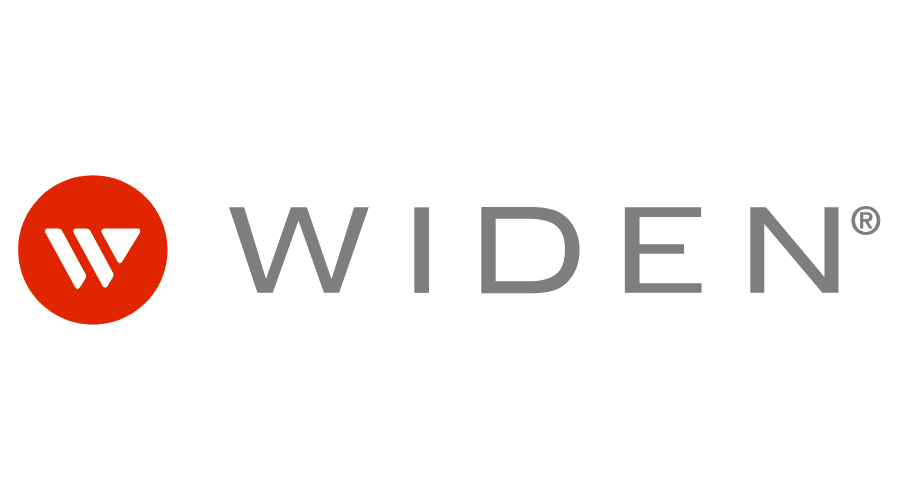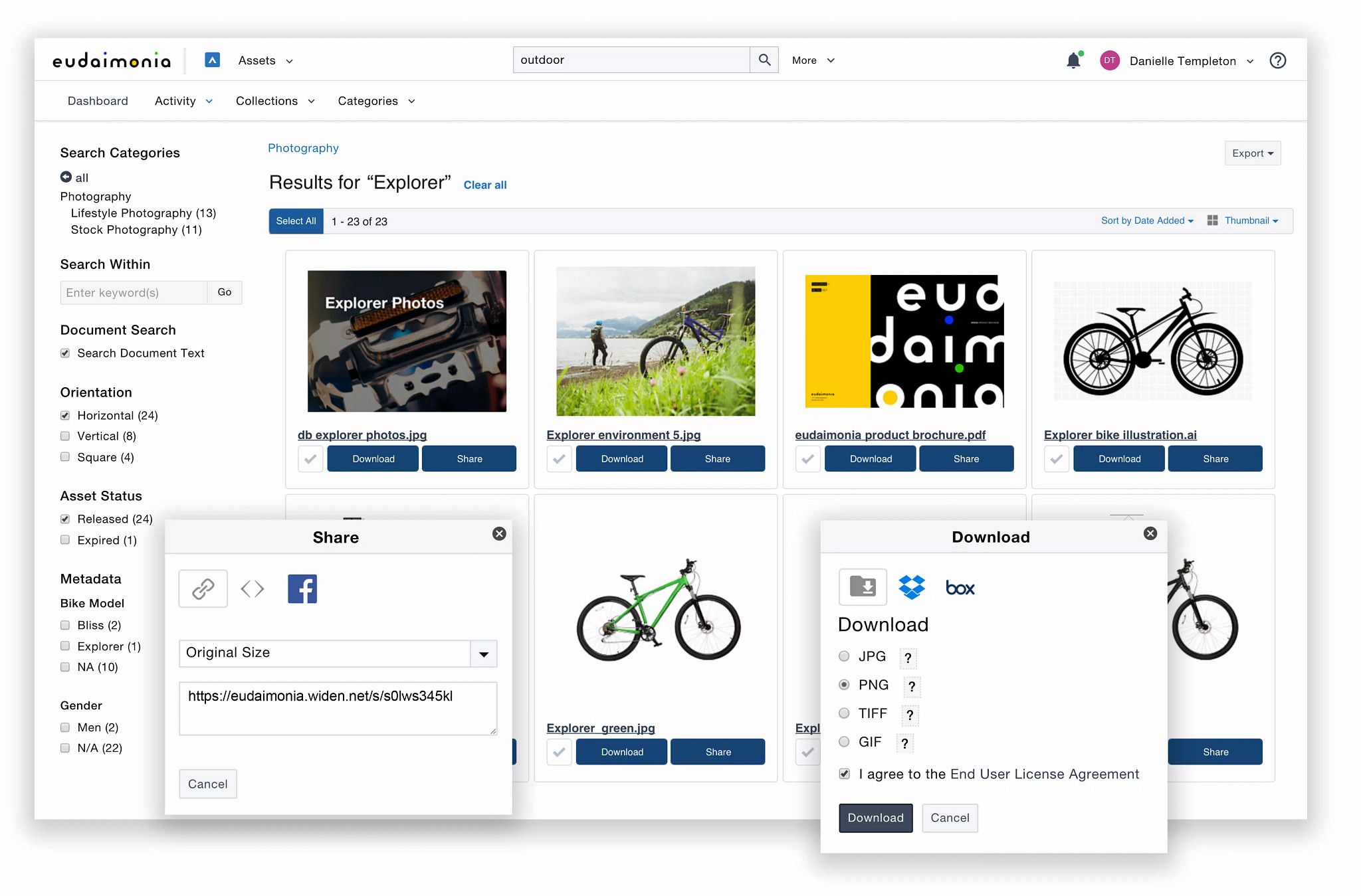
Widen Collective: Complete Buyer's Guide
Enterprise-grade digital asset management platform
Widen Collective (now Acquia DAM) is an enterprise-grade digital asset management platform that combines AI-powered metadata automation with sophisticated omnichannel distribution capabilities for high-volume ecommerce operations. Following Acquia's acquisition of Widen Collective, the platform has evolved into a comprehensive solution targeting global retailers managing complex product catalogs across multiple channels and markets.
Market Position & Maturity
Market Standing
Acquia DAM occupies a strong enterprise position within the rapidly expanding digital asset management market, which projects growth from $4.59B in 2024 to $16.18B by 2032 at 17% CAGR[7].
Company Maturity
Market maturity indicators suggest strong operational stability through Acquia's established enterprise infrastructure and support capabilities. Customer feedback consistently highlights "responsive troubleshooting" and support quality, indicating mature operational processes[44][49].
Industry Recognition
Industry recognition includes Forrester's acknowledgment of Acquia DAM's strong performance across multiple DAM evaluation criteria, including AI metadata extraction and digital rights management[58].
Strategic Partnerships
Strategic partnerships with technology providers like Clarifai and major ecommerce platforms strengthen the platform's ecosystem positioning.
Proof of Capabilities
Customer Evidence
Enterprise Customer Validation demonstrates Acquia DAM's effectiveness across diverse industries and use cases. Trek leverages the platform's AI-powered personalization engines for dynamic product variations, while Carnival Cruise Line uses automated asset adaptations for localized content across global markets[41].
Quantified Outcomes
Quantified Performance Outcomes from customer implementations provide measurable evidence of platform effectiveness. Milestone reports 40-50% time savings on asset categorization through AI-powered metadata automation[41].
Case Study Analysis
Implementation Success Evidence includes complex enterprise deployments that demonstrate platform scalability. Lantmännen's 14-month connector-by-connector rollout achieved 70% cross-department adoption, transforming skeptics into champions through co-designed metadata structures[23].
Market Validation
Market Validation Metrics support the platform's enterprise positioning. G2 reviews maintain a 4.5/5 rating with customers consistently highlighting "robust search tools" and "easy asset discovery"[49][52].
Competitive Wins
Competitive Win Evidence emerges from the platform's sophisticated ecommerce integration capabilities. While competitors like Bynder and Canto report 42% integration challenges with ecommerce platforms, Acquia DAM's prebuilt connectors enable syndication to over 1,500 ecommerce channels through Shopify, Magento, and Productsup integrations[42][46][49][52].
Reference Customers
Reference Customer Diversity spans multiple industries including retail, manufacturing, and consumer goods. LG, Trek, Yankee Candle, Citizen Watch, and Zeiss represent the platform's ability to serve diverse enterprise requirements across global markets[42][44][53][57].
AI Technology
Acquia DAM's technical foundation centers on its strategic partnership with Clarifai, enabling sophisticated AI-powered visual search and automated metadata generation that operates significantly faster than manual processing at substantially lower cost[41].
Architecture
The platform's AI architecture leverages custom models trained on client-specific data, offering industry-specific tagging capabilities for sectors like apparel and food[53].
Primary Competitors
Primary Competitive Landscape positions Acquia DAM against enterprise solutions like Aprimo and Cloudinary, as well as mid-market alternatives including Bynder and Canto.
Competitive Advantages
Enterprise Competitive Advantages include prebuilt connectors enabling syndication to over 1,500 ecommerce channels through Shopify, Magento, and Productsup integrations[42][46].
Market Positioning
Market Positioning Trade-offs reveal clear segmentation between enterprise and mid-market solutions. Acquia DAM's 6-12 month implementation timelines and $50K-$200K implementation costs contrast with alternatives offering 6-8 week deployment windows and lower total cost of ownership[30][36][39][44].
Win/Loss Scenarios
Win/Loss Scenario Analysis suggests Acquia DAM wins against competitors when organizations require sophisticated AI automation, multilingual support, and complex ecommerce integration. The platform loses to alternatives when buyers prioritize rapid deployment, cost efficiency, or simplified user experience over advanced capabilities.
Key Features

Pros & Cons
Use Cases
Integrations
Pricing
Featured In Articles
Comprehensive analysis of Digital Asset Management for Ecommerce for Ecommerce businesses and online retailers. Expert evaluation of features, pricing, and implementation.
How We Researched This Guide
About This Guide: This comprehensive analysis is based on extensive competitive intelligence and real-world implementation data from leading AI vendors. StayModern updates this guide quarterly to reflect market developments and vendor performance changes.
59+ verified sources per analysis including official documentation, customer reviews, analyst reports, and industry publications.
- • Vendor documentation & whitepapers
- • Customer testimonials & case studies
- • Third-party analyst assessments
- • Industry benchmarking reports
Standardized assessment framework across 8 key dimensions for objective comparison.
- • Technology capabilities & architecture
- • Market position & customer evidence
- • Implementation experience & support
- • Pricing value & competitive position
Research is refreshed every 90 days to capture market changes and new vendor capabilities.
- • New product releases & features
- • Market positioning changes
- • Customer feedback integration
- • Competitive landscape shifts
Every claim is source-linked with direct citations to original materials for verification.
- • Clickable citation links
- • Original source attribution
- • Date stamps for currency
- • Quality score validation
Analysis follows systematic research protocols with consistent evaluation frameworks.
- • Standardized assessment criteria
- • Multi-source verification process
- • Consistent evaluation methodology
- • Quality assurance protocols
Buyer-focused analysis with transparent methodology and factual accuracy commitment.
- • Objective comparative analysis
- • Transparent research methodology
- • Factual accuracy commitment
- • Continuous quality improvement
Quality Commitment: If you find any inaccuracies in our analysis on this page, please contact us at research@staymodern.ai. We're committed to maintaining the highest standards of research integrity and will investigate and correct any issues promptly.